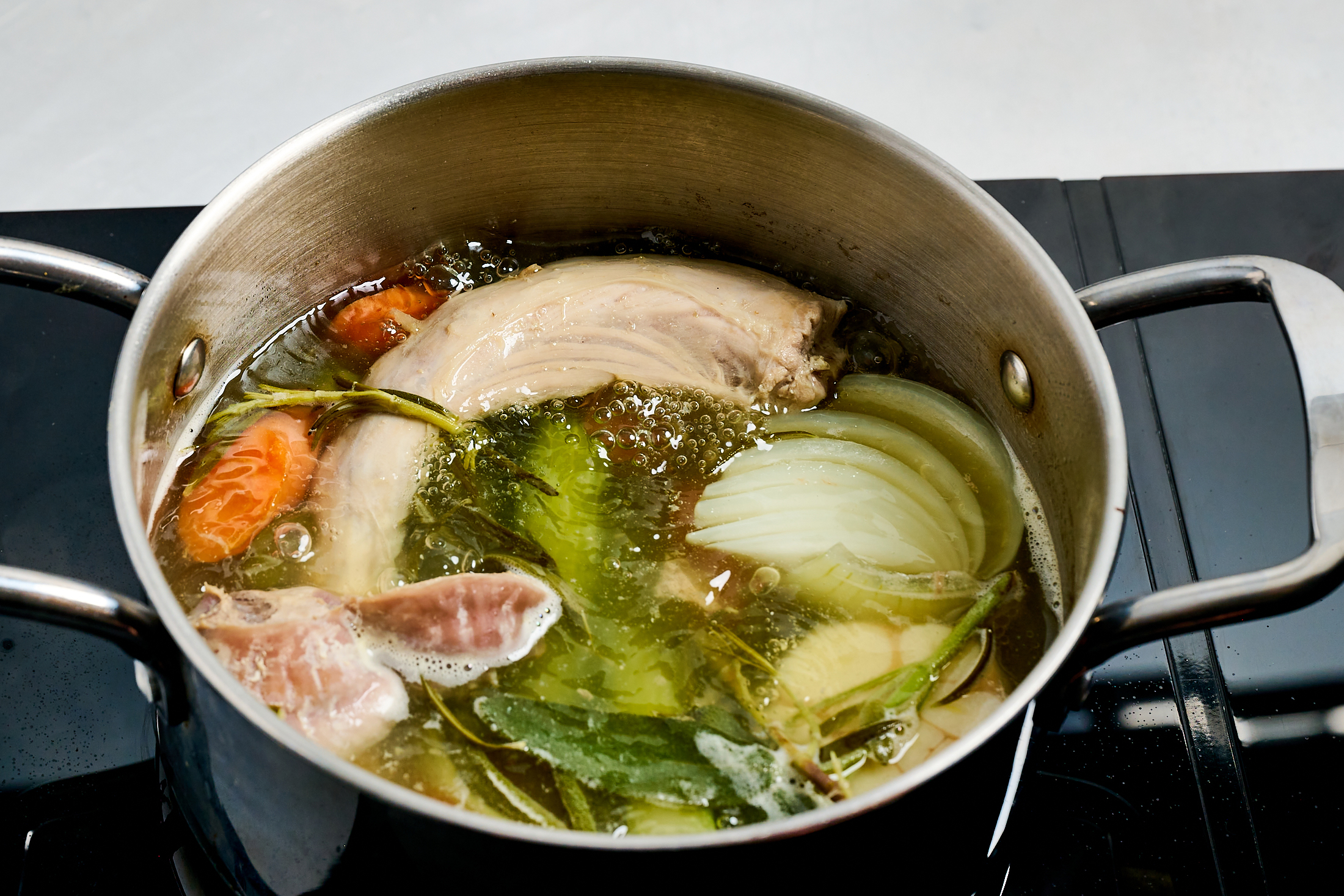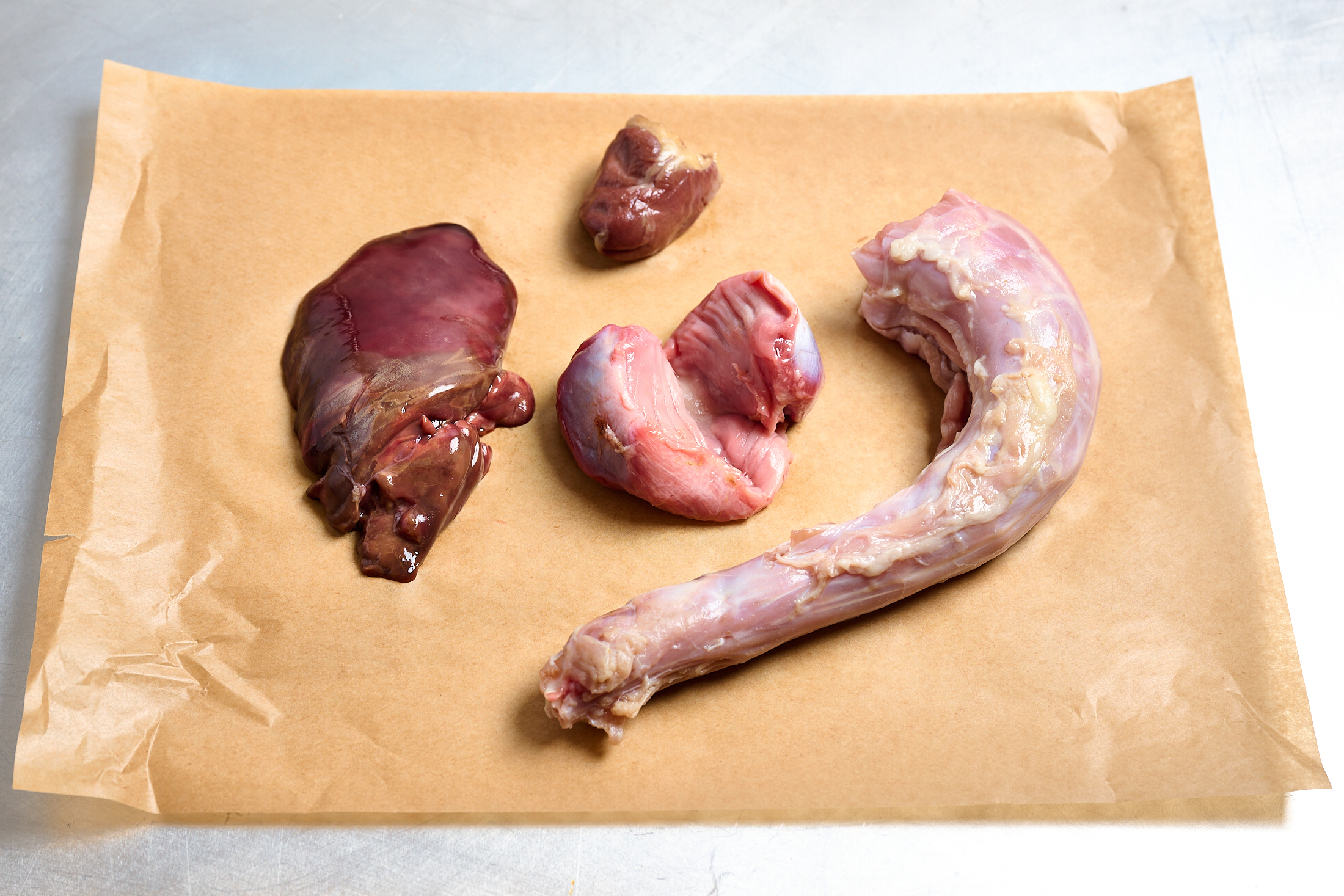WASHINGTON (THE WASHINGTON POST) – With Thanksgiving just around the corner, many will be cooking up a whole bird. And if you’re roasting a turkey or chicken for the first time or if it is something you do only a few times a year, you may be confused about what to do with the giblets, or organs, often found inside the bird. If your first instinct is to throw them in the trash – don’t. That’s a lot of flavour that you’d be wasting. Here’s what you need to know to put turkey and chicken giblets to good use.
What are giblets and what do they taste like?
Technically, giblets are defined as the gizzard (the mechanical stomach of a bird), heart and liver of poultry. But the neck is often included alongside them, so it gets lumped into the term colloquially.
Unless you buy your bird directly from a farm or independent butcher, the giblets aren’t necessarily from that animal. Sometimes, you might be missing a component or may even get something extra. And on rare occasions, your chicken or turkey may not contain any giblets at all.
In terms of flavour, the neck, gizzard and heart mostly just taste like poultry dark meat. The gizzard in particular has a chewy texture, so it’s best cooked low and slow to tenderise it as much as possible. (Smothered gizzards is a classic dish if you ever find yourself with a bunch of them.) The liver has a mineral-y flavour that is characteristic of the organ and that some find polarising.

How to use chicken and turkey giblets
You’ll typically find the giblets in the cavity of the fowl, although at times I’ve encountered them tucked under the flap of skin at the front of the bird near the breasts. Most people will remove them before proceeding with preparing the chicken or turkey. But if you accidentally cook the giblets in the bird, there may be no need to fret as they often are packaged in an oven-safe paper bag.
– Make stock. My go-to method for dealing with giblets is to first cook the gizzard, heart and neck by making my own giblet broth or stock. Another option is to simmer them with store-bought broth to infuse it with more poultry flavor. (You don’t want to include the liver as it becomes bitter when boiled.) If you don’t want to bother with the giblets the day you’re cooking a whole bird, you can save them to combine with the leftover carcass to make stock another day.
– Add them to dressing, stuffing and gravy. Once cooked, you can pull the meat from the neck and chop up the remaining giblets (you can simply saute the liver) to add to your favorite dressing, stuffing or gravy recipe. It adds even more chicken or turkey flavor to these dishes to make them that much more delicious.
– Make dirty rice. For a non-holiday dish, use the liver and gizzard to make Dirty Rice, a classic Louisiana side dish.
The one thing to keep in mind with the gizzard is that it has a tough silver skin connecting the two muscles that you’ll want to remove at some point before consuming. Other than that, enjoy them however you please.
And, finally, if you’re too busy during the holidays to use the giblets, or if you’re unsure how you’d like to cook them, simply place them in an airtight container and freeze them for up to 3 months. You’ll have a quick and easy way to add big poultry flavor to stocks, gravies and recipes of all sorts in the new year. – AARON HUTCHERSON




















































